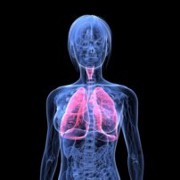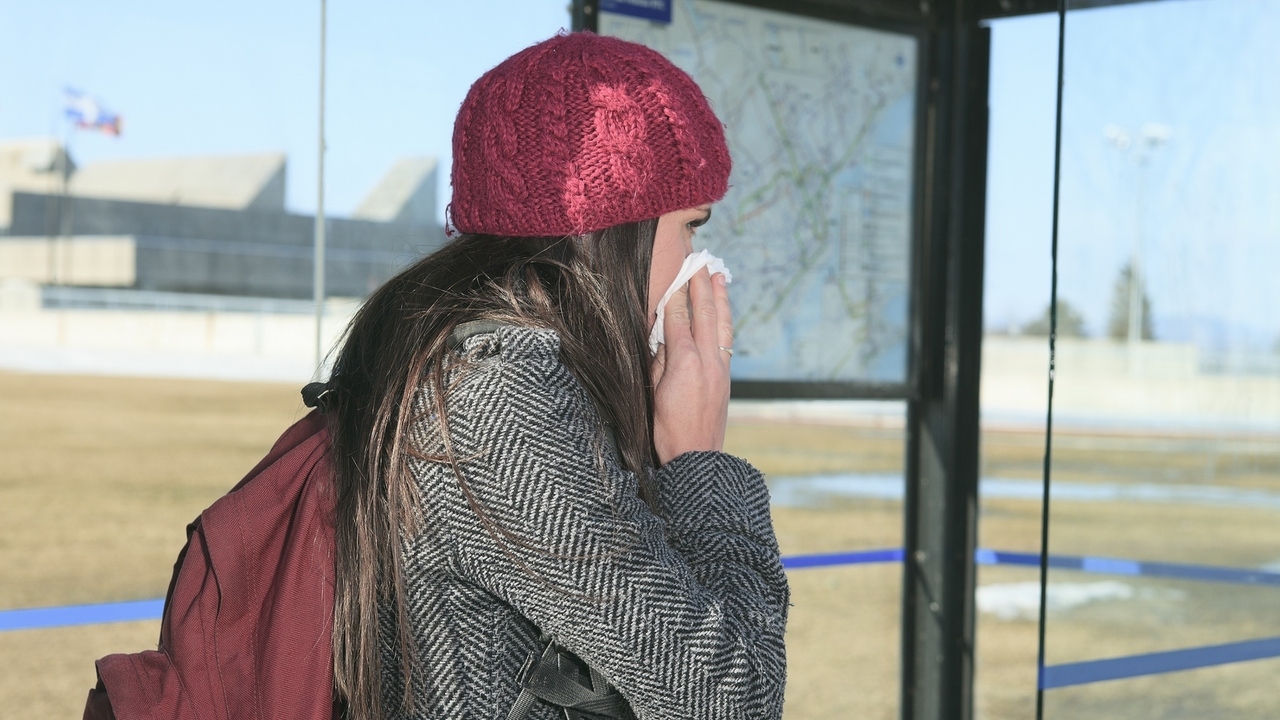 Photo: Getty Images
Photo: Getty Images
Pulmonary arterial hypertension (PAH) is a serious condition that makes breathing difficult and causes exhaustion that can limit every day activities. PAH is a rare condition that is more common in women as in men. Now, a new study by researchers at the Max Planck Institute for Heart and Lung Research and Giessen University suggested a simple and effective treatment may be available in the future.
Blood is pumped through the body to deliver oxygen to cells and pick up waste products including carbon dioxide. Blood coming back from the cells travels into the right side of the heart and is pumped out to the lungs to drop off waste and pick up a fresh supply of oxygen. It then enters the left side of the heart to be pumped back out to the body. This continuous flow of blood provides a constant supply of oxygen and nutrients to every cell in the body.
The word “pulmonary” refers to things involving the lungs. So pulmonary arterial hypertension is high blood pressure in the arteries that carry blood from the heart to the lungs. PAH can be caused by other heart and lung conditions and by blood clots that block blood flow. Some people inherit PAH from a parent while others develop the condition with no family history.
The arteries and veins that make up the system of blood vessels in the body are lined on the inside with tissue called the endothelium. Healthy endothelium is very smooth to reduce friction and allow blood to flow easily. The endothelium regulates how blood vessels grow and also controls the size of blood vessels to balance the flow of blood to different parts of the body. When more blood is needed, the endothelium can cause the blood vessel walls to thin, making the hollow space in the blood vessel larger to allow faster blood flow.
In PAH, the endothelium appears to malfunction and cause the walls of the blood vessels leading from the heart to the lungs to contract, which narrows the passage inside the artery and increases blood pressure. When blood flow to the lungs is limited, the right side of the heart must pump harder to force the blood through at higher pressure. This extra work can weaken and eventually damage the right side of the heart. Ultimately, the PAH can result in heart failure which can be fatal.
Pulmonary arterial hypertension is often initially misdiagnosed as another breathing condition such as asthma, COPD, pneumonia, or heart failure. Symptoms of PAH include:
• Chest pain, especially located in the front of the chest
• Dizziness and fainting
• Shortness of breath or lightheadedness, especially during activities
• Fatigue
• Weakness
• Swollen legs
PAH is a progressive condition that gets worse over time. There is no cure, and treatment options have been limited to medications to try to relieve symptoms and slow the progression of the condition. Heart and lung transplant surgery is also sometimes performed.
The research from the University of Giessen could change the way PAH is treated. The scientists studied the results of a new nasal spray on rats with PAH. They succeeded in not only halting the progression of PAH but also in reversing the damage caused by it in the test animals. "The effect was impressive. Not only was the disease progression halted, we were also able to observe a clear improvement in all areas," said Soni Pullamsetti, first author of the study.
The treatment corrected the malfunctioning endothelium which prevented further narrowing of the rat’s pulmonary arteries. The treatment also reversed the existing damage to the arteries, which allowed blood to flow more freely.
The researchers are also encouraged by the easy delivery method of the treatment through a nasal spray. They are hopeful that using a spray will help avoid side effects from the treatment. Further testing is needed to determine if the treatment will work as well on human patients as it does on the test animals. The research team hopes to the treatment will be available in the next five years.
Sources:
Science Daily
National Heart Lung and Blood Institute
American Lung Association






Add a CommentComments
There are no comments yet. Be the first one and get the conversation started!